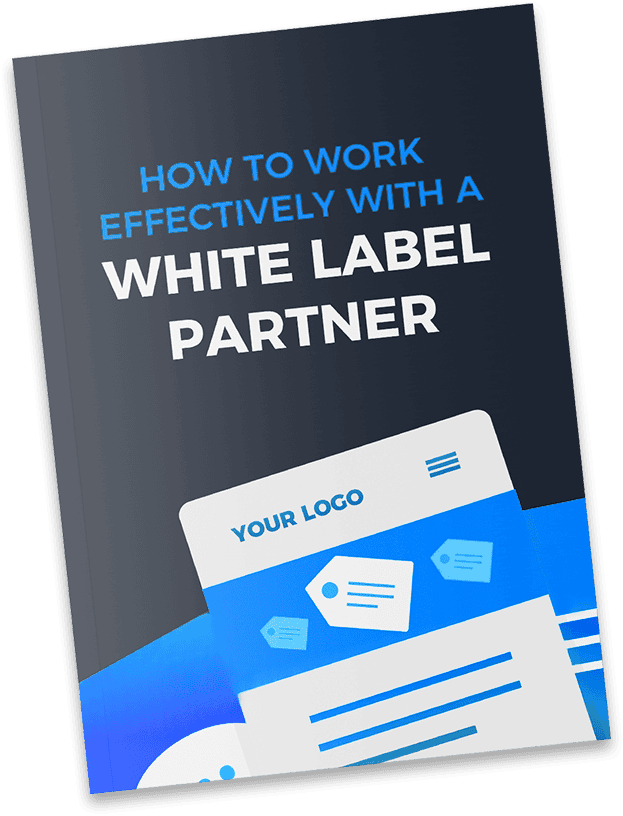Google’s first release of the 2013 Penguin update has created some discussion about the viability of SEO back links at this point. Topic discussions in SEOs regarding its argumentative tactics for growing back links and links are centered on finding a new way. Since the earnings from linking are due to high aggregate search engine optimization, Penguin 2.0’s potency to impede this tactic is sending SEO linking to the trash bin.
Since a new game plan is in order after the demise of linking because of Penguin, the analysis of the same is considered to be wise at least. It is well worthwhile to be learning new methods, while being pensive and realistic. The focus on linking must now shift. This way, more innovative tactics can be developed and deployed making great inroads in SEO, trends that will emerge, as a result of regrouping as a consequence of Penguin 2.0.
A revealing look at sites that have not only held together after Penguin but have prospered will prove to be very enlightening. Rankings going up instead of down is very telling. Why is this happening? Branding of the company or product of that site has shown to be the reason rankings are rising. If the site shows purity in brand name and product integrity, in a holistic manner, traffic seems to flow accordingly, despite the patrolling presence of Penguin 2.0.
Ponderings as to why this is, reveal the simple facts. How enriching is a brand to a user? How well does the site serve and enhance the user’s visiting experience? Google bases its ranking points on these very aspects. If a site is authentically appealing with respect to its products and services, offering real life enhancing benefits to the web traffic, then Google will increase its ranking. Sites that operate as spam machines and shells will be low or penalized with negative search engine evaluations by Google. One thing Google desires is that the users win by getting what they came for in a search. What has resulted is a combination of positive traits in web site authenticated popularity. SEO success now hinges on authorship tags, Google+, social media participation and rich snippets, which are a few lines of text posted under every search result.
Search Value and Edification of the Branding Process
Getting the clear insight after Penguin 2.0 is a must. That insight is that earning ranking and traffic to a web site requires forging the brand name. That is a process that takes a winning strategy. Forget about household names such as NBC and Facebook. Think local and within a business sphere of influence. For example, why compete against Pizza Hut, if you make Veggie Pizza’s for health nuts? This will be an uphill battle and a waste of energy. Instead, focus on developing the brand and image of the local pizza parlor that serves patrons that love healthy, vegetarian food, especially pizza. Google will appreciate a well-developed site with local appeal and well characterized product recognition in the neighborhood.
It makes perfect market sense to create web content for a site that entices the user because of the honest appeal and real quality of its product and brand. Google is using market forces in the same way as the brick and mortar business community does, except in the virtual world of brand name competition. Learning the methods of marketing to create positive brand recognition in a virtual world involves similar strategies, but on a local level. Virtual marketing barrages will stimulate local interest in products and services even off line but with mobile web coupons that can be used on a smart phone at a local shop. Video SEO can also be deployed to message potential customers about an upcoming sale or unveiling of a new product.
These are some of the methods to perk up brand image on line and are taken out of the brick and mortar business play book. This the method Google encourages site builders to use, rather than spam and shell web pages, to server the traffic on the web. Google deploys virtual tools, such as web crawling search engines that monitor content to measure it if is serving the brand on a particular site. A winning strategy for a website is to offer many informative items such as white papers, PDFs, Videos, podcasts, news capsules, instructional content and well written articles about the product or service. The market value of the depth of the information on the web site is measured in ranking based on how well it serves the traffic to that local site with respect to the brand of the site. Googles has a staff of web content evaluators that rank sites based on very detailed criteria. The better the execution of authentic, quality content regarding branding; the higher will be the ranking.
To recap, keep the notion of back link density in the historical methods of the web site development and bring forward anew, the use of variegated elements informative subject matter, instead. Think of educating and serving the virtual visitor as opposed to pushing them around to other links. Become a producer of informative videos that can be uploaded and shared on YouTube and Vimeo. When making presentations, get them on sites such as SlideShare and other information sharing sites. These links represent depth of content that mean good branding edification. After Penguin 2.0, these tactics will pave the way for positive results.
The Effects of Local SEO
When planning on how to utilize SEO Local web space, provisions for addresses in local areas, phone numbers in local areas and name of business in the local area are pertinent. Web crawlers are looking for this information so they need to appear on the site. These and the brand key words will need to be part of the web site content.
These are also referred to as ‘local citations.’ Another term is the acronym, NAP, which stands for name, address and phone. NAP is integrated with setting up natural links back to other relevant web pages that are also well branded with authentic content. The sub categories in this tactic are use of follows and no-follows as in social media sites. There will also be the use of keywords and anchor text but never forget the more important use of valid web material about the brand as mentioned earlier. Always give priority to branding.
Fear Not the Mighty Penguin
SEO is changing and mutating in a positive way with branding as the new fulcrum for high Google ranking. Being efficient and cons ice will make up for the lack of linking that a big company like Apple or Amazon can afford. The new normal is less linking and more content development offsite.
With good SEO, comes acquisition channels to drive up rankings. Traffic will be specific and qualified with desires to purchase the product or service. So there is no need to be intimidated by a new world of content quality and no need to fear the Mighty Penguin.








